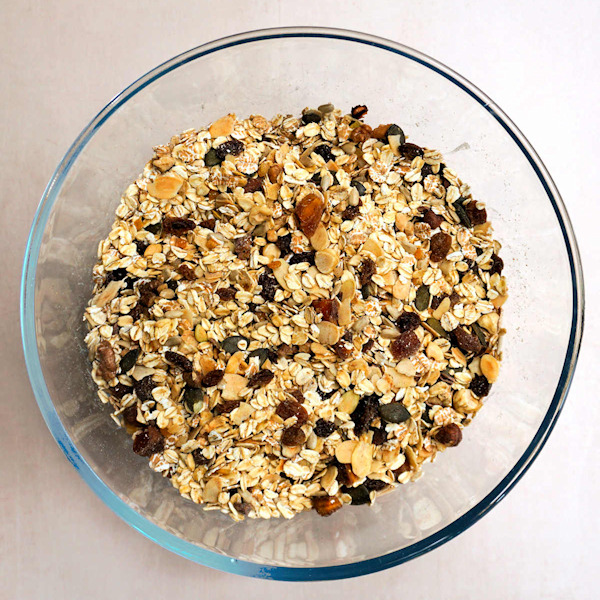It’s all about gut health these days: from questionable influencers with their magical gut shots through ZOE with their microbiome-centred research, to bona fide nutritionists admonishing us for not eating enough brown rice and brown bread. Facts are indisputable: recommended amount of fibre for an adult is 30g per day while in reality few of us get more than 20g.
Fibre used to be called roughage, and perhaps we should have stuck with the word because it illustrates perfectly what its function is. It comes from plants: animal products do not contain any fibre, however nutritionally important they might be otherwise. Fibre is like a massage brush for the gut, while at the same time keeping us full and sated by travelling slowly through our digestive system (forgive the expressive imagery) without being completely broken down by our metabolism - that's insoluble fibre.
Soluble fibre which comes from grains, pulses and potatoes acts in a different way, combining with water into a gel, like a buffer for ease of digestion, so to speak.
And then there’s resistant starch which comes from bananas and again potatoes plus beans, which is fermented by gut bacteria into fatty acids that might protect against cancer.

So whichever type of fibre, it’s all good stuff. And perhaps we can just take it as a supplement?
I’m afraid not: with most nutrients, vitamins, minerals and alike goodness, they are best absorbed if ingested from food. Fibre supplements can actually do some harm by causing abdominal discomfort, wind or constipation if you don’t drink enough water whilst taking them.
The old chestnut then, and my favourite mantra: balanced diet with all kinds of food in moderation is definitely the winner every time.
But we can modify the diet in order to increase our natural fibre intake. So what to eat and what to cook for happy gut and plenty roughage?
The choices are usually obvious: choose wholemeal bread over white, wholegrain pasta and brown rice over their white counterparts. Eat your potatoes with skins, don’t peel carrots or apples and swap Rice Krispies for oats, in whatever form. Sprinkle seeds and nuts over salads, have dried fruit for dessert instead of cake, and wholemeal biscuits rather than macarons. And if you’re peckish, help yourself to a handful of unblanched almonds.
My breakfast suggestions high in fibre include homemade muesli and granola, because homemade cereal is generally much, much better for you without all the industrially added sugar. Porridge can be really indulgent, or dairy-free. And an oat bake is a real treat!
Make a batch of seed topping to put on salads and if you like it, consider seed crackers. If you bake bread, the seeded light rye loaf is gorgeous and its sourdough version even better.
Bulgur wheat is an excellent source of fibre – check out the bulgur pilaf. Beans mean fibre but also protein, so try the pork and red bean chilli or butter beans with chorizo. Lentils are a good guy too, be it spiced and cheesy, or with mushrooms and spinach. Or here's a double fibre whammy of sweet potatoes (skin on) with black beans.
And the good news is that treats and desserts can also be high in fibre if you make them with oats: even these oatmeal lace cookies or raspberry crumble bars. High five, high fibre!